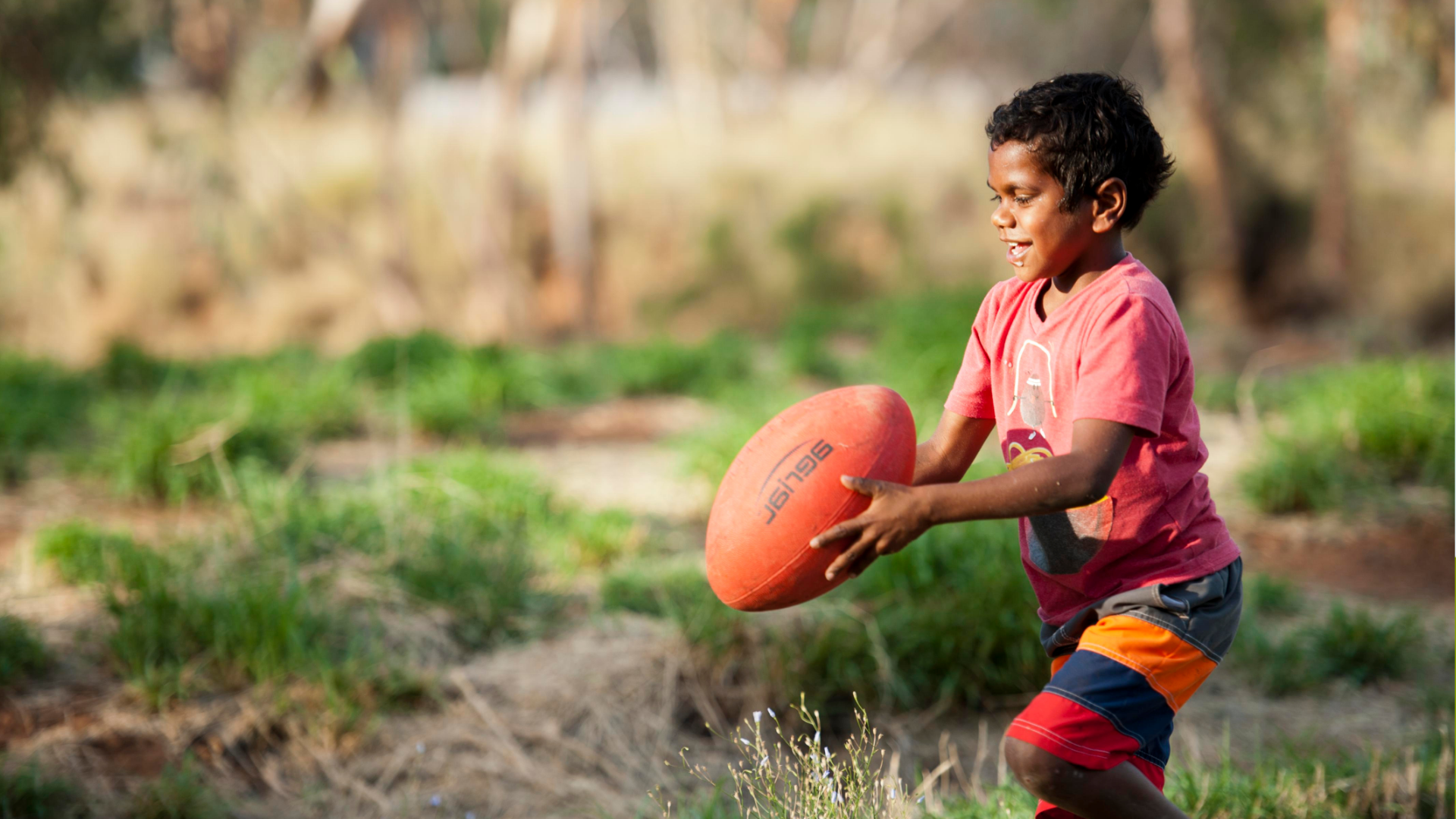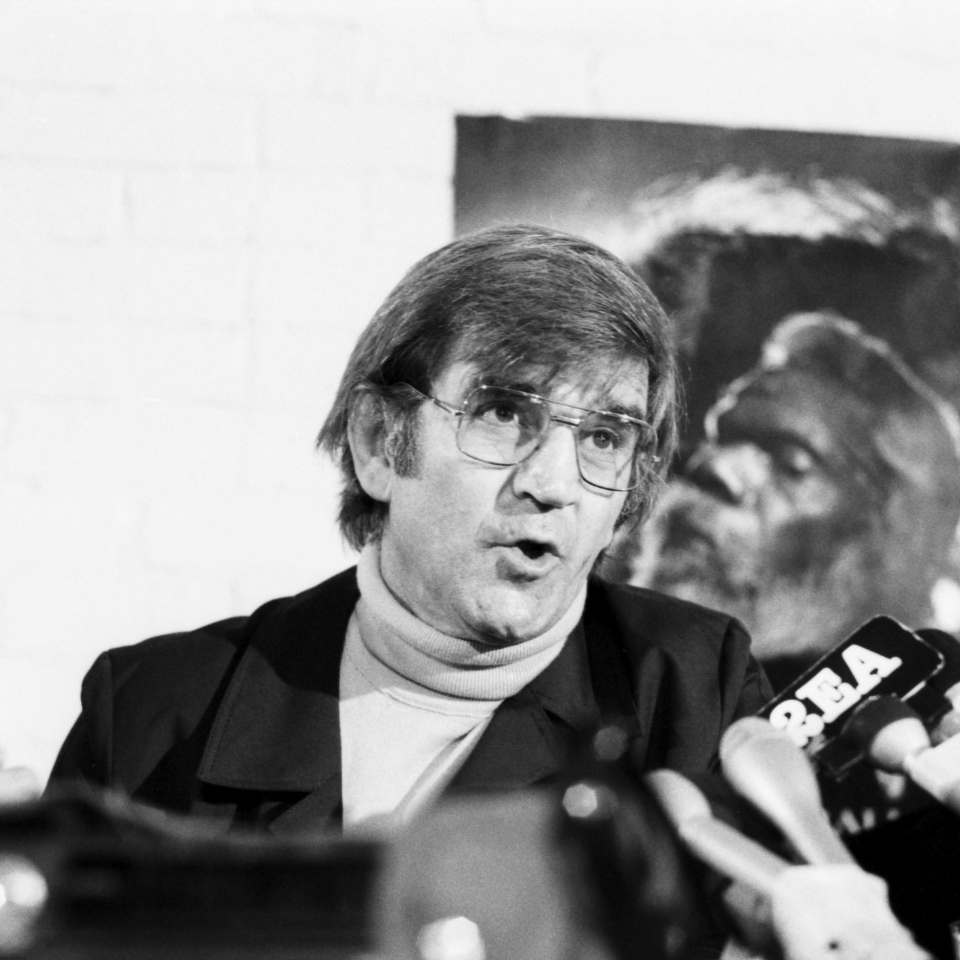
Where it began
When Fred Hollows saw an injustice, he couldn’t help but do something. This is exactly what happened when he saw the inexcusable living and health conditions in Aboriginal communities.
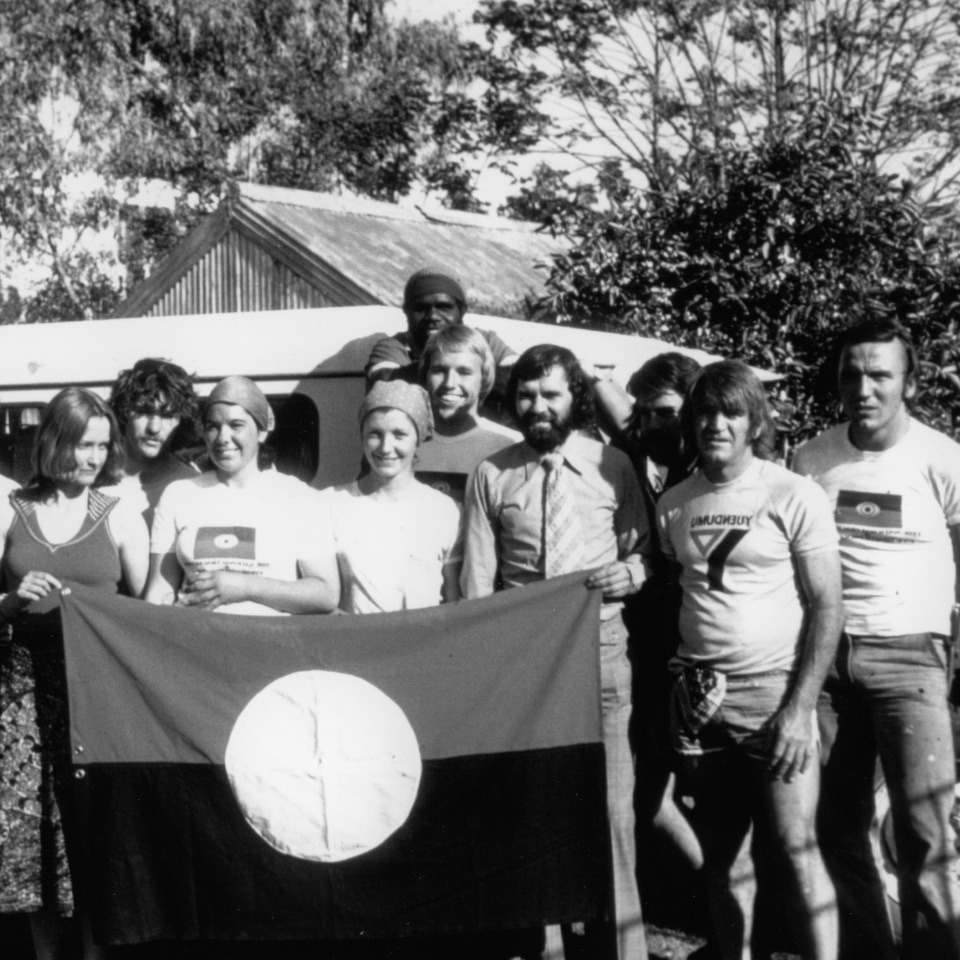
The National Trachoma Program
Fred wanted trachoma eradicated from Australia. To begin the task, Fred and Gabi, alongside specialists and many Aboriginal volunteers, visited more than 100,000 people in remote and rural Australia over two years.

The Indigenous Australia Program
Aboriginal and Torres Strait Islander adults are three times more likely to go blind, but 90% of vision loss is preventable or treatable. Our program in Australia focuses on education, screening and treatment to put an end to these alarming figures.

Aboriginal and Torres Strait Islander Eye Health
Did you know that Aboriginal and Torres Strait Islander people are three times more likely to have vision impairment or go blind than other Australians? Or that cataract is 12 times more common among Aboriginal and Torres Strait Islander Australians than non-Indigenous Australians?
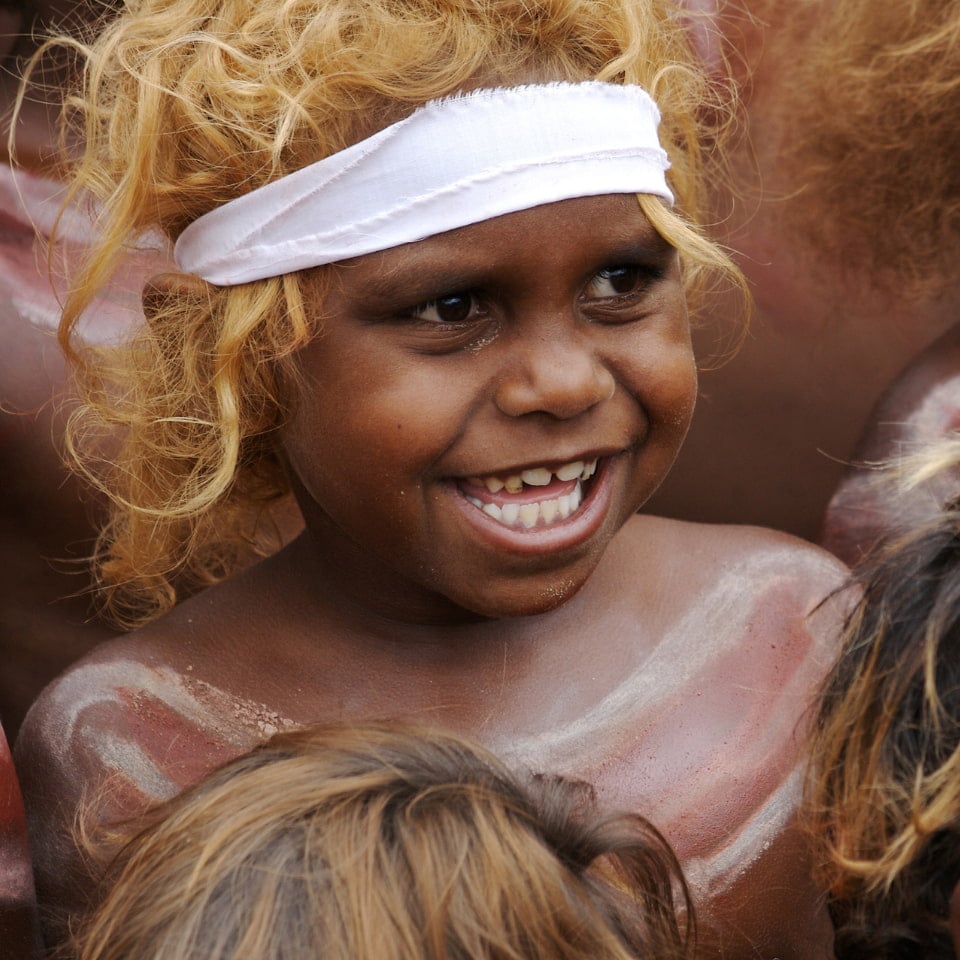
Reconciliation Action Plan
We're driven by Fred’s vision to eliminate avoidable blindness, for Aboriginal and Torres Strait Islander peoples to have access to quality health services, and to stand up for what is right. Our Reconciliation Action Plan (RAP) represents The Fred Hollows Foundation’s ongoing commitment to embrace, respect and promote the cultures, rights and perspectives of Aboriginal and Torres Strait Islander peoples.
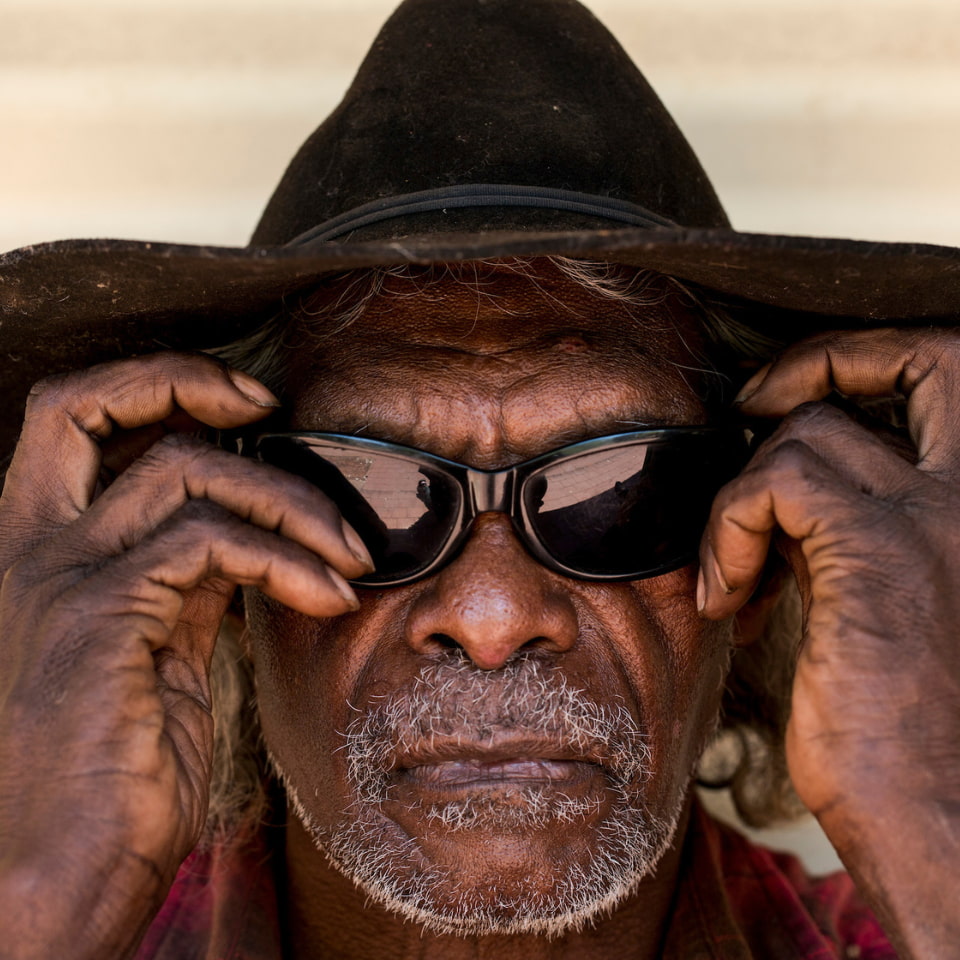
Close the Gap
Close the Gap is a phrase you may have heard of but do you really know what it means? Aboriginal and Torres Strait Islander children generally have better vision than other Australian children. As adults however, Aboriginal and Torres Strait Islander people are three times more likely to go blind.

Indigenous Australia Strategy 2020-2024
We are determined to keep Fred’s vision alive by preventing blindness and restoring sight. We’re working to close the eye health gap so that Aboriginal and Torres Strait Islander Peoples can exercise their right to sight, good health, and self-determination.
